The Last of the Vermont Hill Farms | Photo Essay
Vermont photographer Richard W. Brown pays tribute to the vanished landscape he once roamed and to its people, his friends.
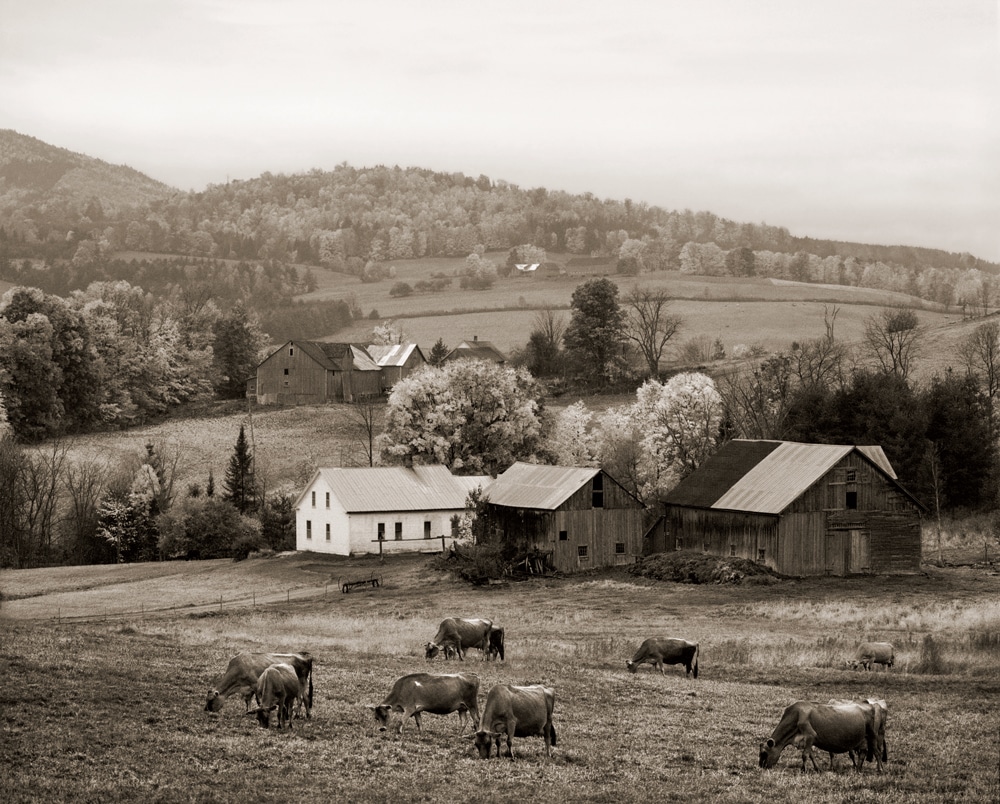
Locke Goss Farm, Barnet, 1971. Small family farms and rolling pastures like these were prevalent throughout northern Vermont when Brown photographed the region in the 1970s and ’80s.
Photo Credit : Richard W. BrownTheron Boyd was the kind of Vermonter that Richard Brown appreciated. An aging farmer with a few heifers and a cornfield he still harvested every autumn, Boyd lived alone in the same Quechee house where he was born in 1901. When Brown, then a struggling young photographer, met Boyd in the mid-1970s, he found a man leading a life more in tune with the 19th century than the 20th. Boyd didn’t own a car; his home had no electricity or running water.
“Everything about him was from a different time period—even the way he talked,” says Brown. “He’d be telling me how he had to get the corn in before it snowed, and he would say, ‘The snow hinders.’ Nobody talks like that. I’d get in my car in Peacham and it was 1978; when I got out at his place, it was 1878. I was enthralled.”
The Northeast Kingdom that Brown, a Massachusetts native, found when he moved there in 1971 was still a patchwork of small farms where men and women worked the land much as their ancestors had. They milked maybe 20 cows, not 200. They preferred animal power over machinery. But it was obvious to Brown—and probably the farmers, too—that this way of life was coming to a close. So, over the next decade and a half, he made documenting it the focus of his work.
“I looked for markers for the right farm,” he says. “If there was smoke coming out of the chimney in the middle of summer, you knew they cooked with wood. Or you’d see the draft horses around the farm buildings. Those are the places I searched out. And a lot of those people became my friends.”
Brown later found work that would take him around the world, shooting elaborate gardens for lavish coffee table books. Yet it’s still those thousands of black-and-white photos he made in his adopted state, often with his bulky 8-by-10 camera, that he’s most proud of. And this past December, with the help of his wife, Susan McClellan, a graphic designer, he finally realized his dream of compiling them into a book, titled The Last of the Hill Farms: Echoes of Vermont’s Past (David R. Godine, Publisher).
“I hope readers will see I had such high regard for the people I photographed,” says Brown, now 72. “I really liked them and felt that what they were doing was a beautiful thing, even though I don’t think they thought of it that way. I miss that period and the people back then who were a part of my life.”
![Early April, West Barnet, 1973. “One early morning I climbed up on a hill to take a picture of this farm, and [the owner, John Somers] comes out the back door,” Brown recalls. “I thought for sure he was going to tell me to leave, but instead he said, ‘When you’re all done, come on in and have some breakfast with us.’ That’s how they were.”](https://newengland.com/wp-content/uploads/YK0118_037_Z.jpg)
Photo Credit : Richard W. Brown
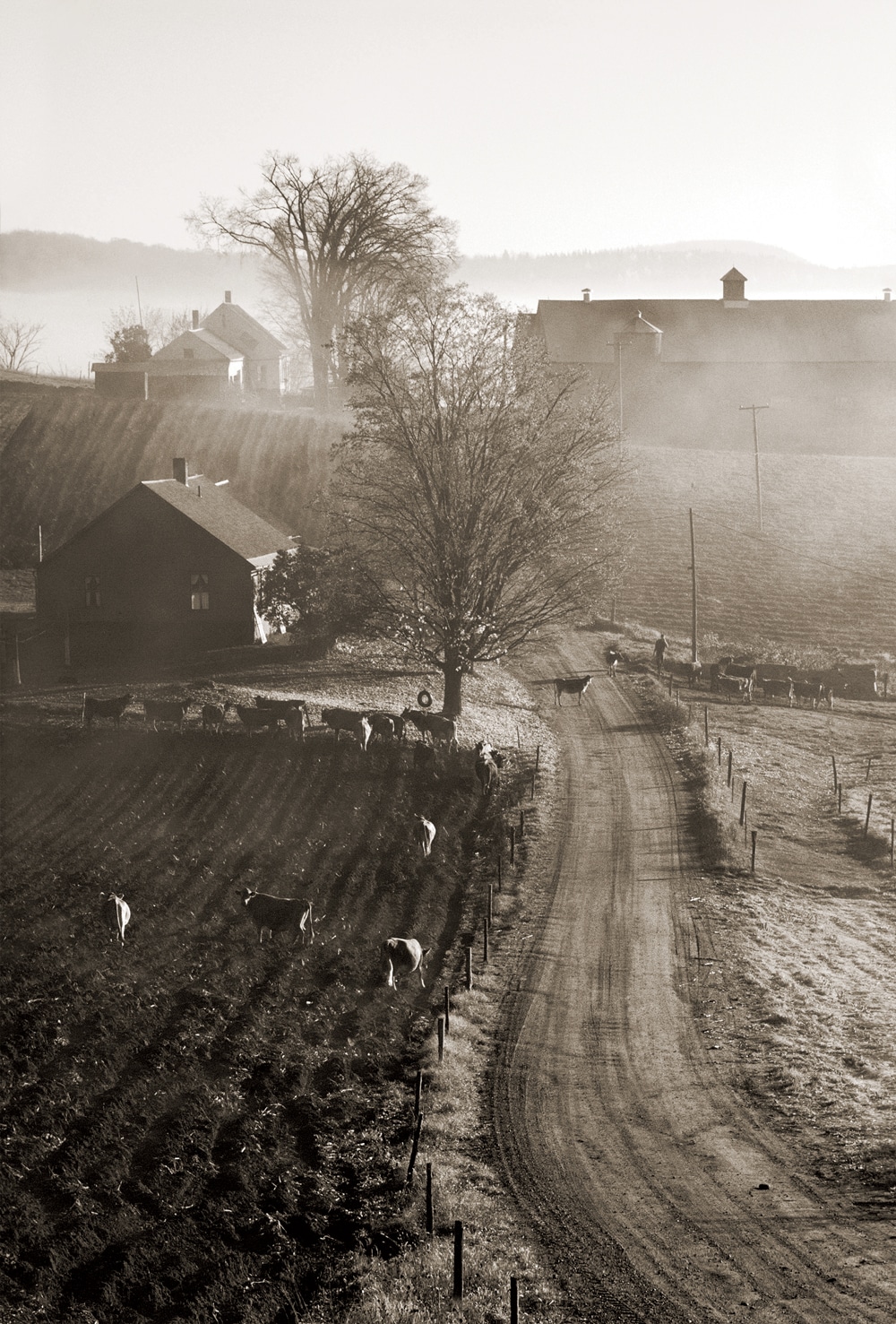
Photo Credit : Richard W. Brown
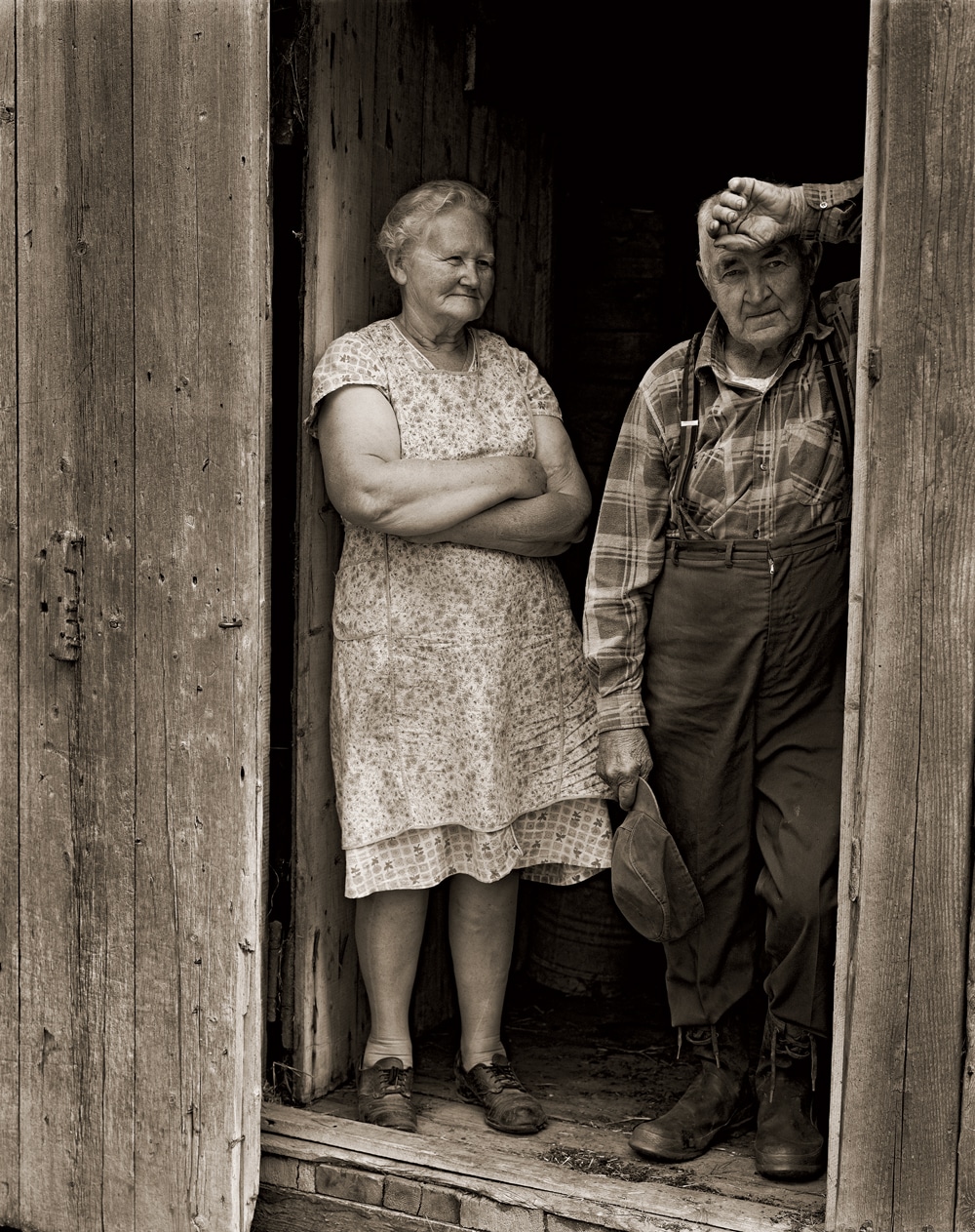
Photo Credit : Richard W. Brown

Photo Credit : Richard W. Brown
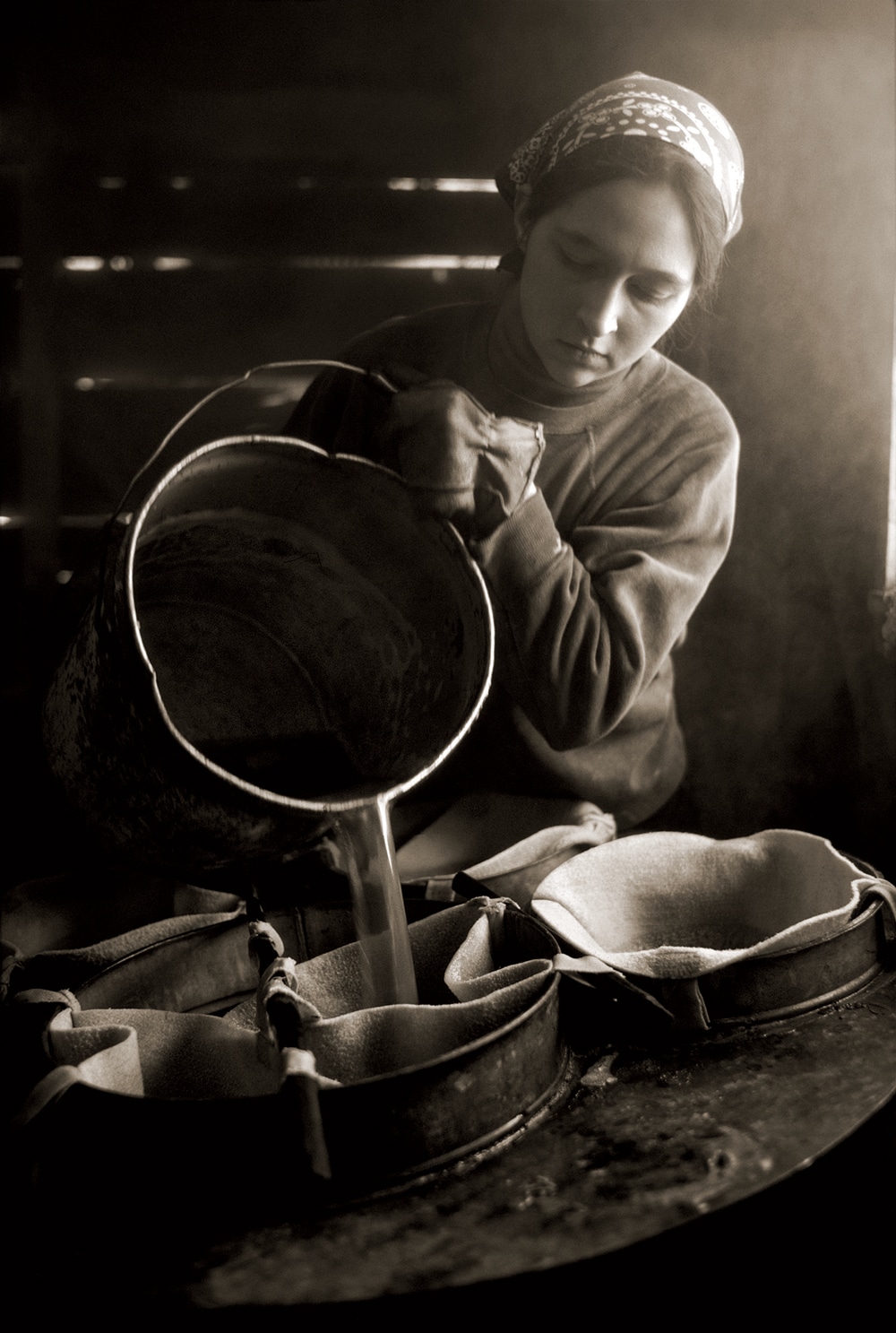
Photo Credit : Richard W. Brown

Photo Credit : Richard W. Brown
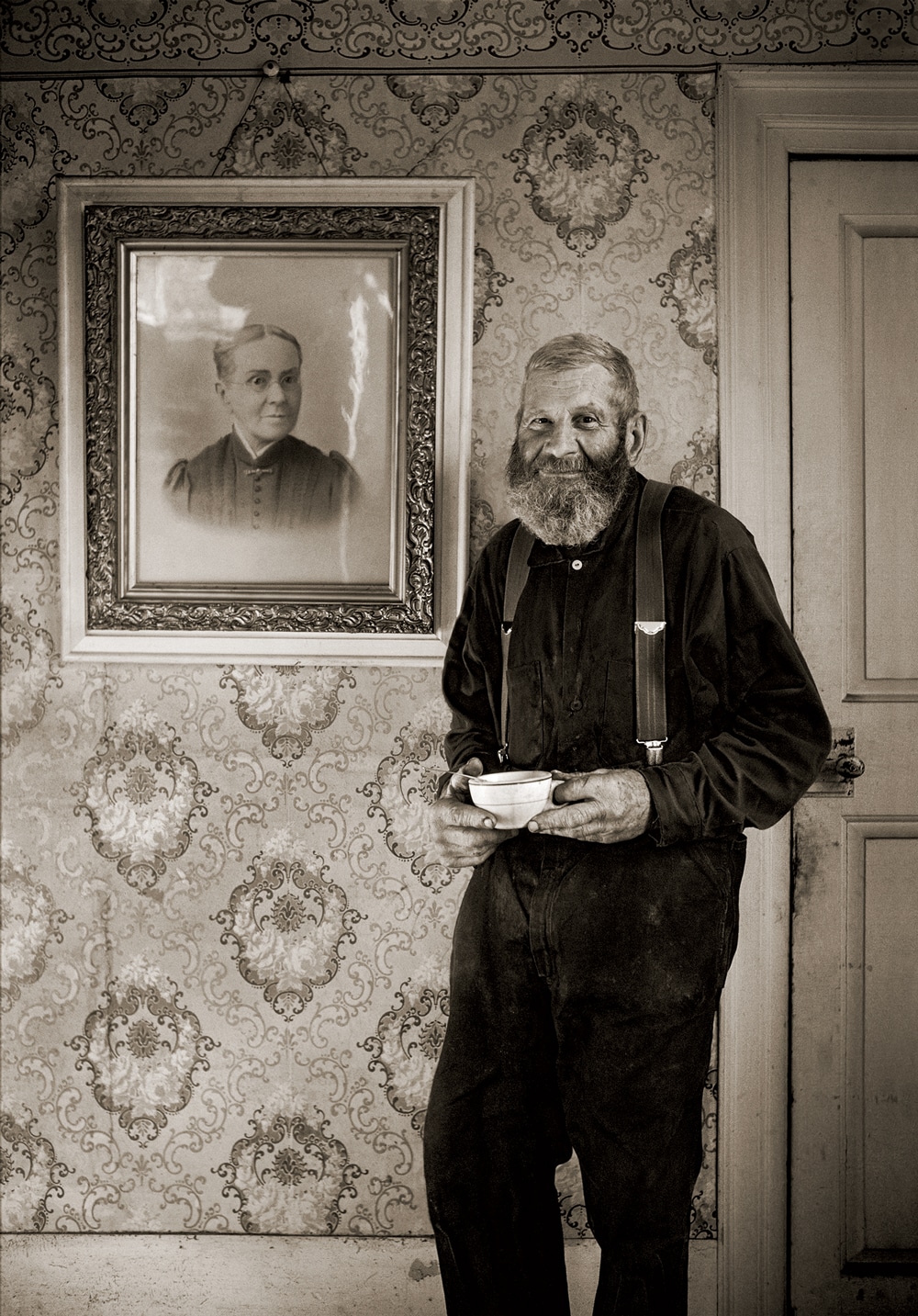
Photo Credit : Richard W. Brown
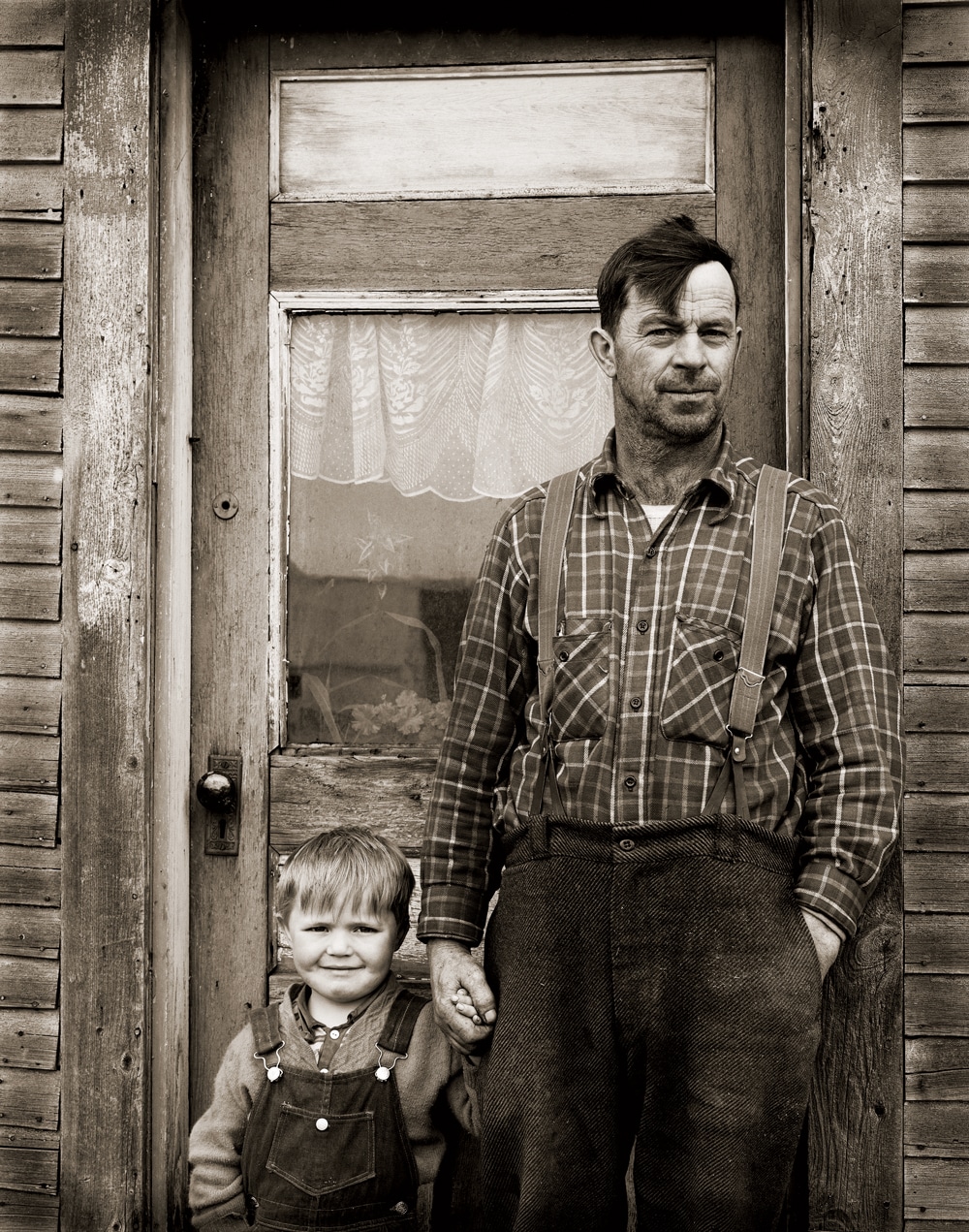
Photo Credit : Richard W. Brown
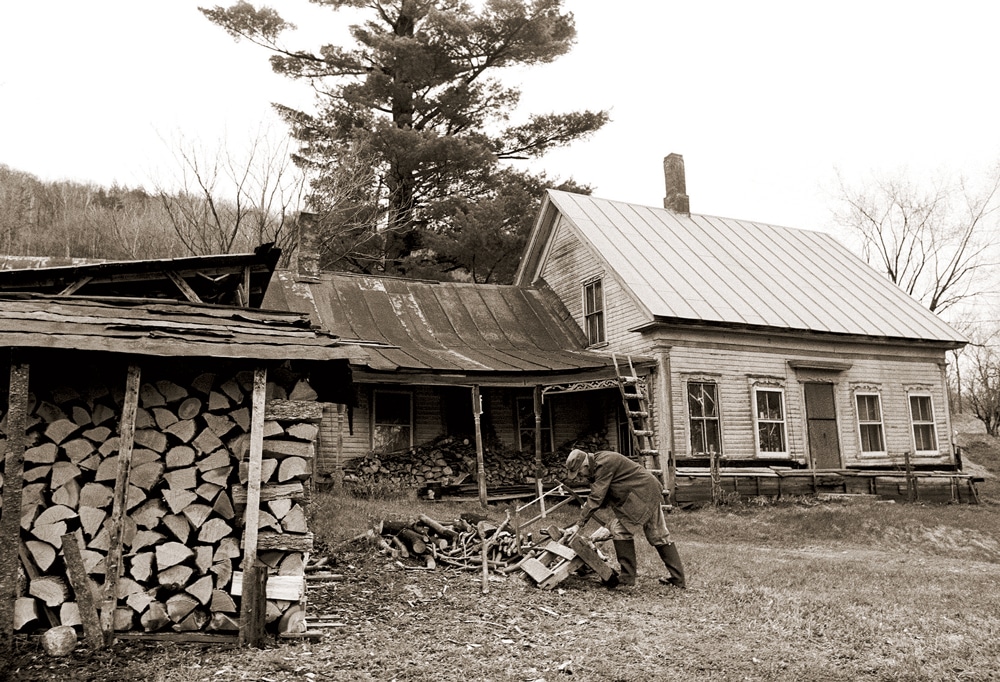
Photo Credit : Richard W. Brown
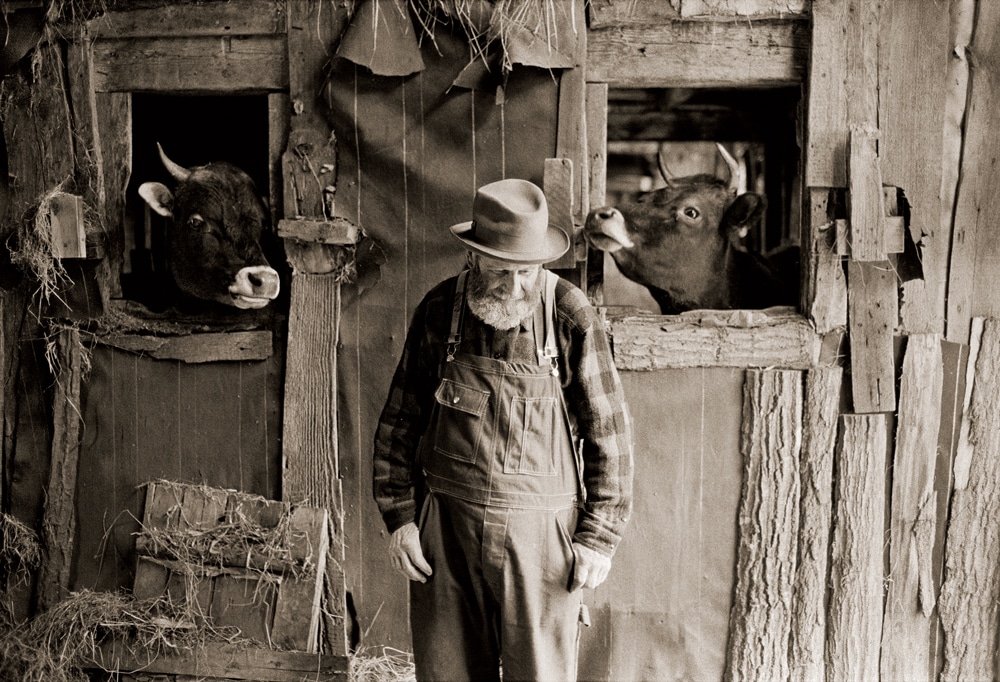
Photo Credit : Richard W. Brown
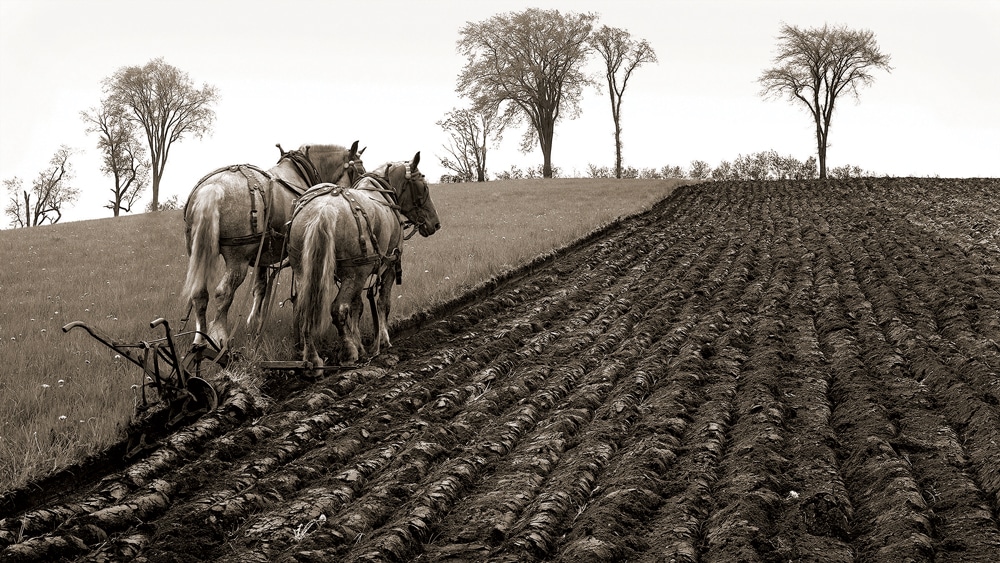
Photo Credit : Richard W. Brown
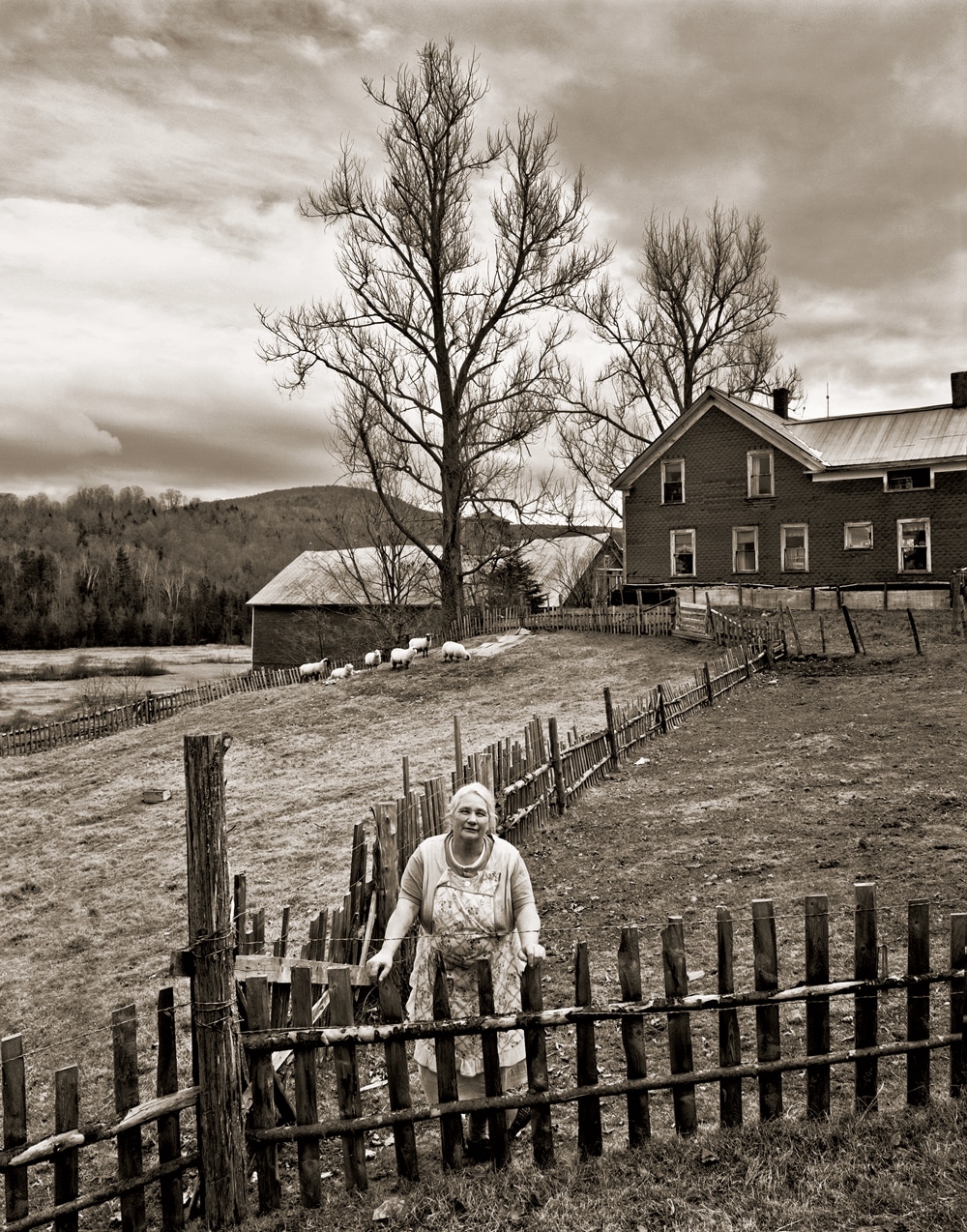
Photo Credit : Richard W. Brown
To see more of Brown’s work, go to these additional photos or visit his website, rwbrownphotography.com.
Ian Aldrich
Ian Aldrich is the Senior Features Editor at Yankee magazine, where he has worked for more for nearly two decades. As the magazine’s staff feature writer, he writes stories that delve deep into issues facing communities throughout New England. In 2019 he received gold in the reporting category at the annual City-Regional Magazine conference for his story on New England’s opioid crisis. Ian’s work has been recognized by both the Best American Sports and Best American Travel Writing anthologies. He lives with his family in Dublin, New Hampshire.
More by Ian Aldrich

